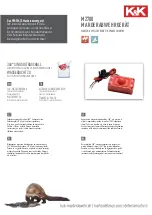
Table 2-5: Communications terminal functions
C1
C2
SE1-3
RS-232
SDI-12
✓
✓
RS-232
✓
RS-232 0-5V
✓
✓
GPS Time Sync
✓
✓
✓
GPS NMEA Sentences
Rx
Rx
Rx
Communications functions also include Ethernet (CR310 only) and USB
Table 2-6: Digital I/O terminal functions
C1
C2
P_SW
SE1
SE2
SE3
SE4
SE5
SE6
General I/O
✓
✓
✓
✓
✓
✓
✓
Pulse-Width Modulation
Output
✓
✓
✓
✓
Interrupt
✓
✓
✓
✓
✓
2.1 Power input
The data logger requires a power supply. It can receive power from a variety of sources, operate
for several months on non-rechargeable batteries, and supply power to many sensors and
devices. The data logger operates with external power connected to the green BAT and/or CHG
terminals on the face of the wiring panel. The positive power wire connects to +. The negative
wire connects to -. The power terminals are internally protected against polarity reversal and high
voltage transients.
In the field, the data logger can be powered in any of the following ways:
l
10 to 18 VDC applied to the BAT + and – terminals
l
16 to 32 VDC applied to the CHG + and – terminals
To establish an uninterruptible power supply (UPS), connect the primary power source (often a
transformer, power converter, or solar panel) to the CHG terminals and connect a nominal 12
VDC sealed rechargeable lead-acid battery to the BAT terminals. See
(p. 113) for
more information.
2. Wiring panel and terminal functions
7
















































